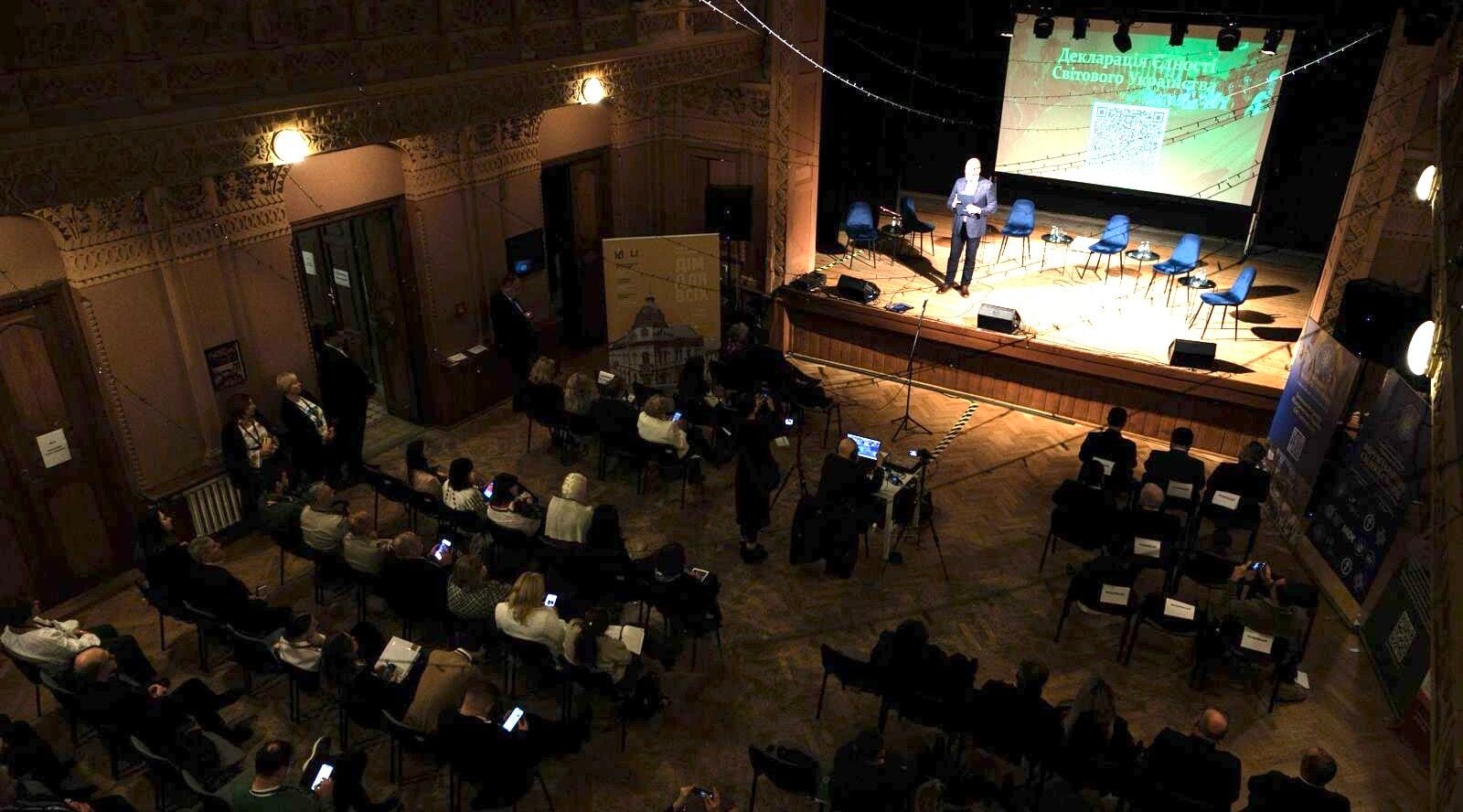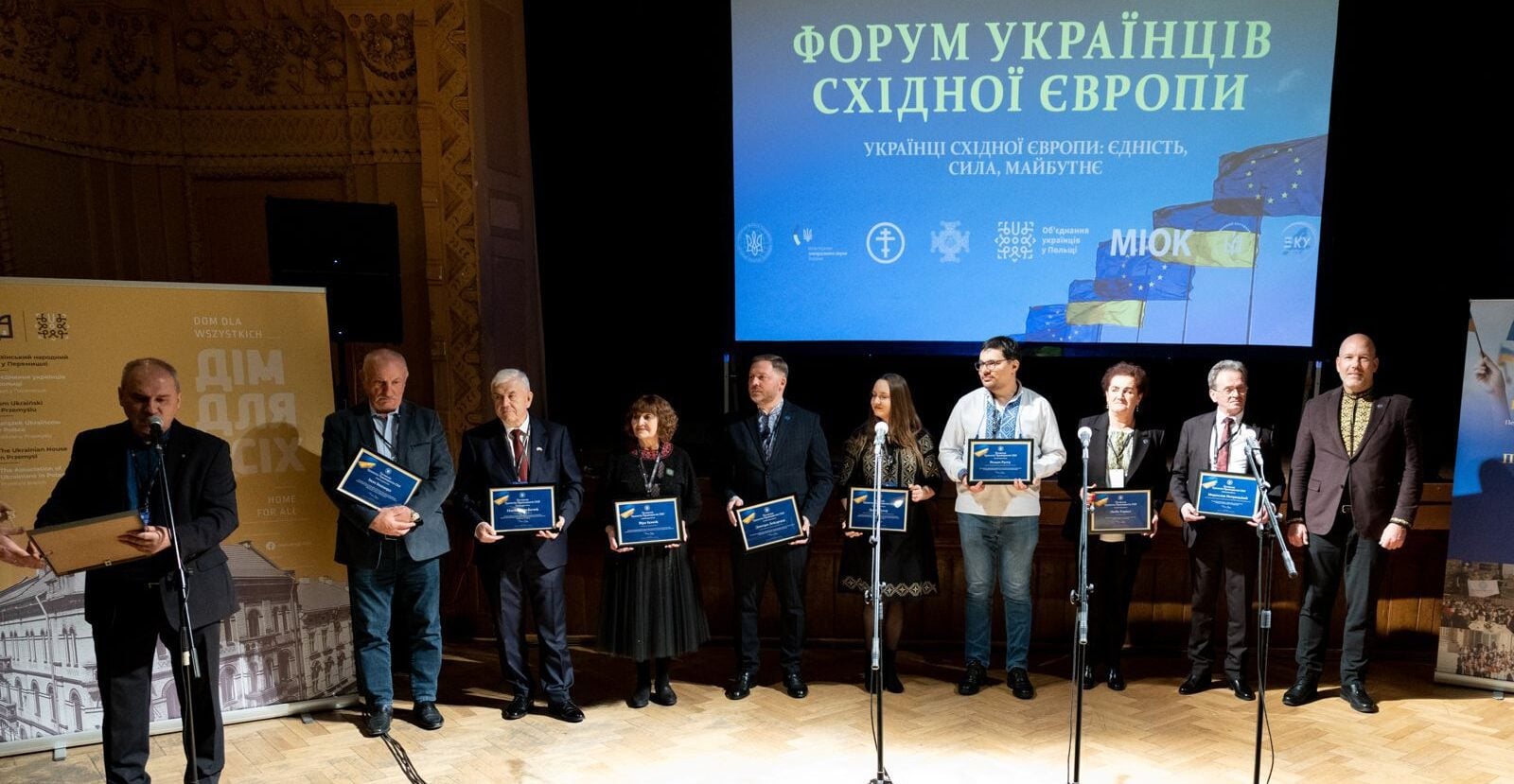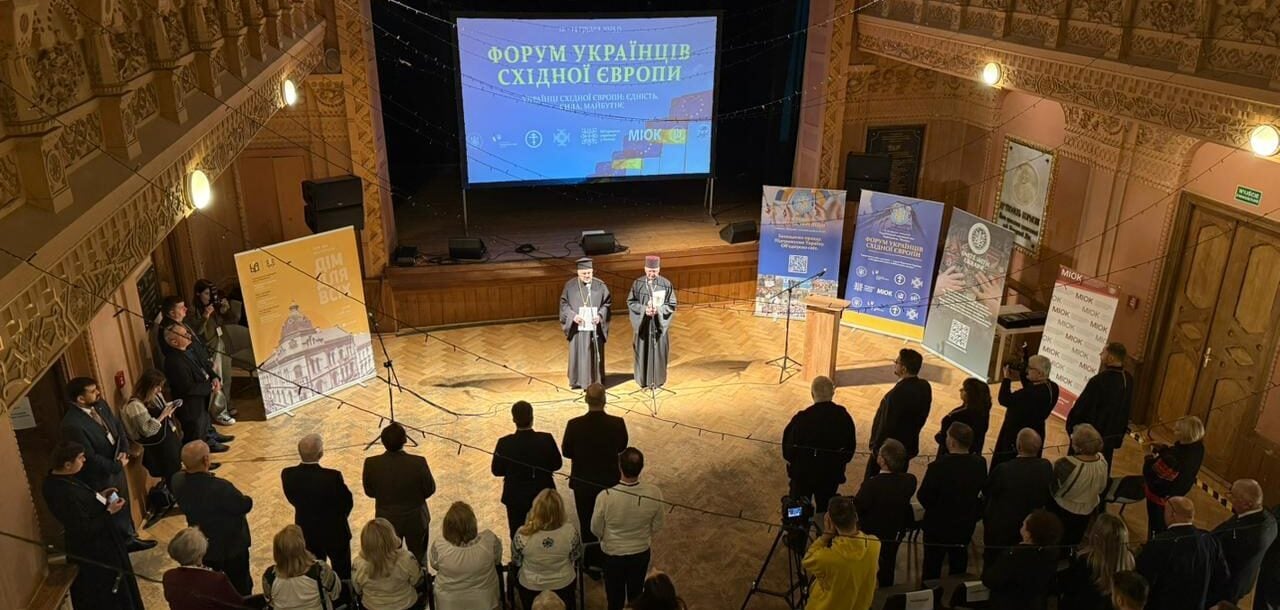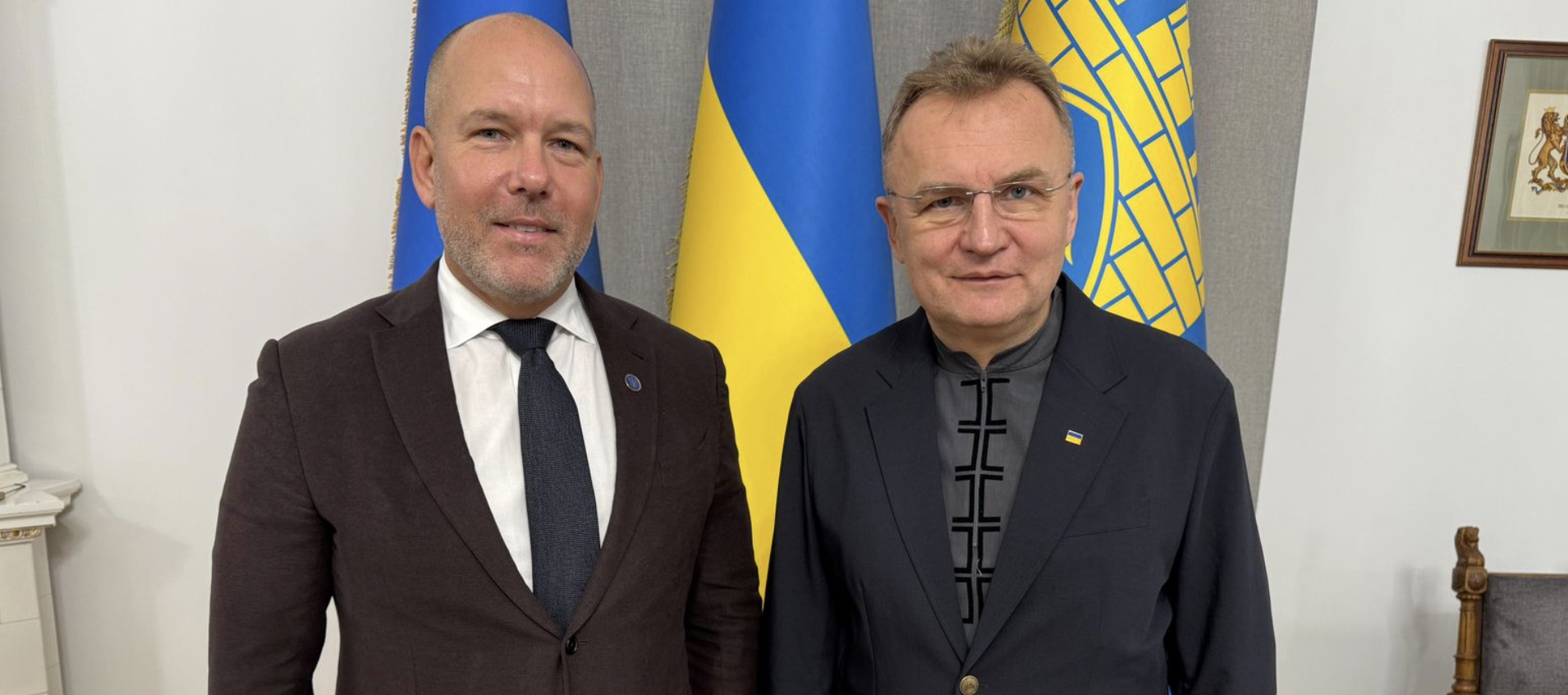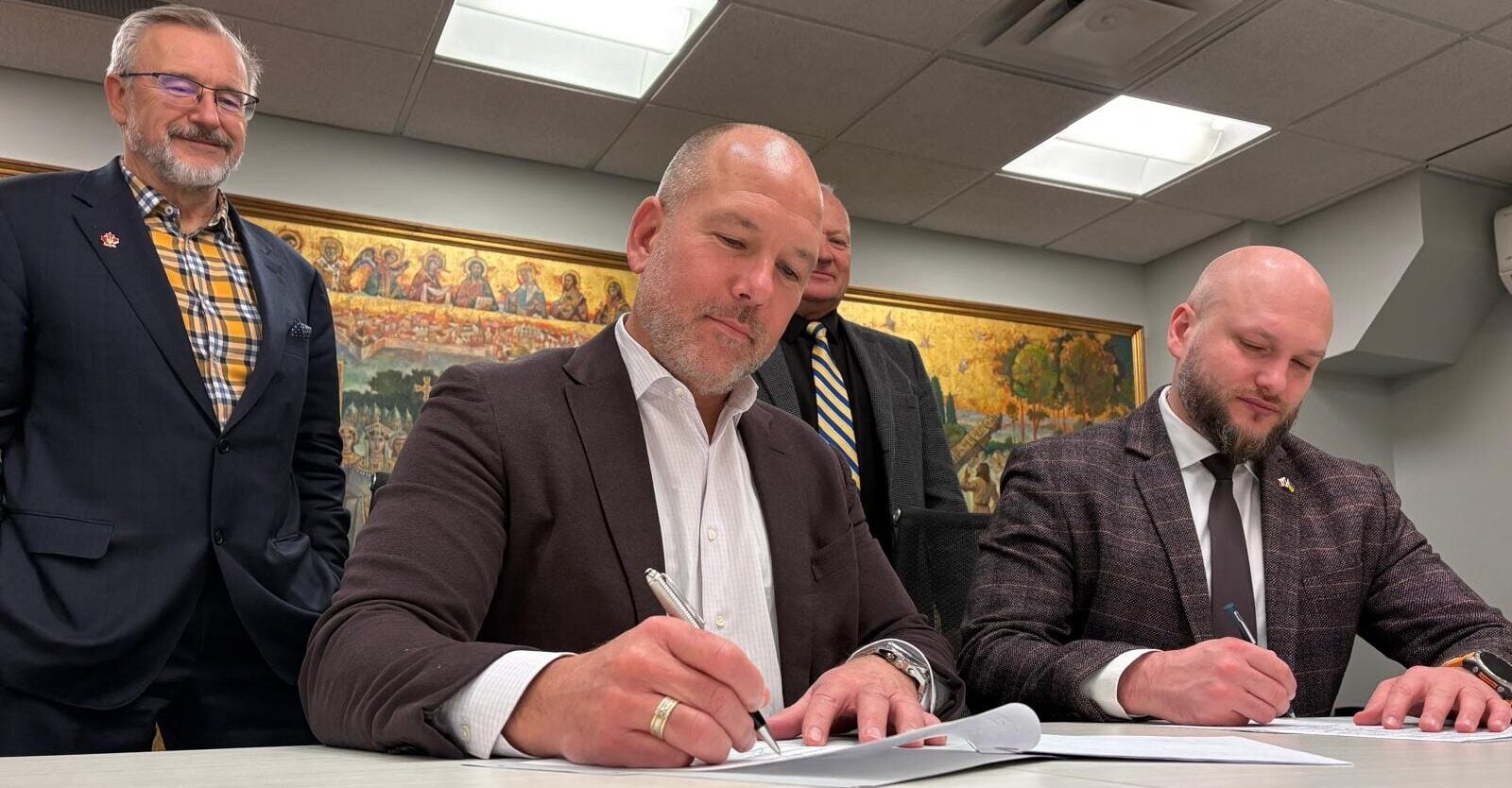
In March 2022, when the powerful bomb went off near her apartment in besieged Chernihiv, she first felt a lukewarm wave that cast her back. And then came the second wave, tearing off the ceiling and hitting the woman with rubbles. In the Chernihiv Oblast Hospital, Valeriy’s mother operated on but needed an eye surgery that certainly could not be done under bombings and shelling. Her son was one of those who made her safe evacuation, along with other patients in need of further urgent care, possible – thanks to volunteers and drones.
Valeriy, an aerial reconnaissance expert, says the most dangerous task was to cross the fields that were fire-controlled by Russian tanks taking cover in the forest. Using drones, Valeriy and his team made sure that there would be neither the Russian troops nor a sabotage group on the way. Having a safe course laid, the volunteers’ vehicles began their rescue operation, shuttling between the hospital and Kulykivka, a non-occupied village.
Still, there was a risk, so the drones continued to monitor the whole operation.
Valeriy says it doesn’t matter whether or not you have agreed with the Russians on an evacuation corridor – they are not going to abide by their promises anyway. This means that you need drones – the “eyes” – to keep such humanitarian operations under constant control to be able to intervene rapidly in case of a threat. In other words, drones actually save lives.
It is also important to bear in mind that drones can be lost or damaged, and their fleet requires continuous replenishment. According to Valeriy, the Russians actively use drones and spare no funds for their procurement.
UWC together with the global initiative of the President of Ukraine UNITED24 call on all Ukrainian communities and organizations of the world to help create an “Army of Drones” for Ukraine. To donate, and for more information, please visit UkrainianWorldCongress.org or UniteWithUkraine.com.
Based on a Ukraїner video

